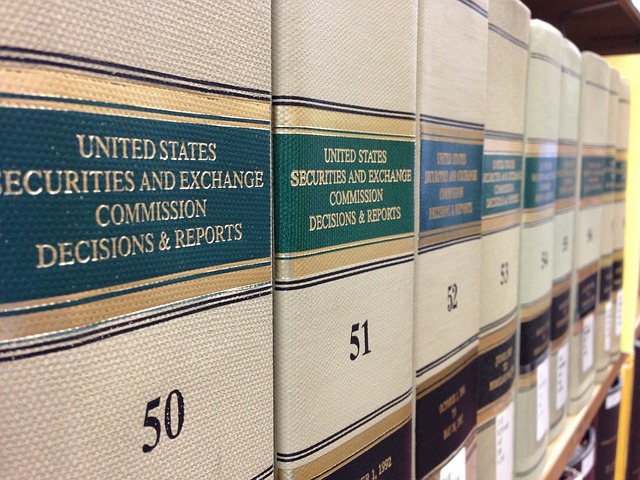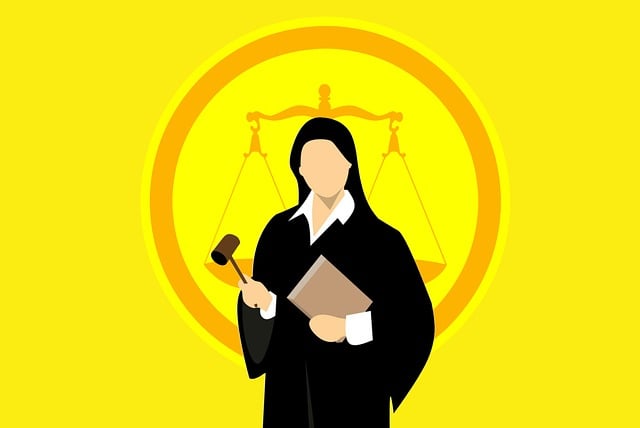Child pedestrian accidents are a significant concern, leading to severe injuries or fatalities, emphasizing the need for heightened awareness near roads. Key factors include distracted driving, speed limits, poor visibility, and inadequate crossing facilities. A breach of driver-pedestrian contract or caregiver negligence is often involved. Prevention strategies involve educating children about road safety and enhancing community infrastructure like street lighting and marked crosswalks. After an accident, understanding legal aspects is crucial; parents may file personal injury claims if negligence is proven. Proactive measures ensure the best care for the child during recovery.
“Child pedestrian accidents are a significant concern for parents, with startling statistics highlighting their vulnerability. This article equips you with essential knowledge to navigate this critical issue. We delve into the causes behind these accidents, offering insights that can prevent potential hazards.
Furthermore, we guide you through effective prevention strategies to enhance your child’s safety while walking. Understanding the legal aspects and available support is also crucial, ensuring you’re prepared should an accident occur. Stay informed and take charge of your child’s well-being.”
- Understanding Child Pedestrian Accidents: Statistics and Causes
- Prevention Strategies: Ensuring Your Child's Safety
- Legal Aspects and Support After an Accident
Understanding Child Pedestrian Accidents: Statistics and Causes

Child pedestrian accidents are a significant concern for parents and the broader community. Understanding these incidents is crucial in preventing future occurrences. According to recent studies, children involved in pedestrian accidents often face severe injuries or even fatal outcomes. The statistics highlight the need for heightened awareness during various activities, especially near roads and highways.
Several factors contribute to these accidents, including distracted driving, speed limits, poor visibility, and inadequate crossing facilities. In many cases, a breach of contract between drivers and pedestrians can be identified, where drivers fail to exercise reasonable care while on the road. This is not limited to commercial disputes but also extends to everyday situations, emphasizing the responsibility of all parties involved in ensuring safer interactions. Similarly, caregiver abuse or negligence may play a role, especially when children are left unsupervised near traffic-prone areas.
Prevention Strategies: Ensuring Your Child's Safety

Preventing child pedestrian accidents is a multifaceted approach that involves both education and environmental changes. Parents play a pivotal role in instilling safe habits from an early age. Teaching children about road safety, including recognizing traffic signals, understanding crosswalk procedures, and being aware of their surroundings, are fundamental steps. Regularly reinforcing these lessons and setting a positive example can significantly reduce risks when out in public spaces.
Beyond individual precautions, community initiatives like improving street lighting, maintaining well-marked crosswalks, and advocating for slower speed limits in residential areas contribute to a safer environment. Given that elder law often intersects with issues of independence and mobility for children, it’s crucial to consider prevention strategies that cater to both age groups, aiming to minimize the occurrence of auto accident injuries and car accident injuries among pedestrians.
Legal Aspects and Support After an Accident

After a child pedestrian accident, understanding the legal aspects is crucial for parents. If the accident was due to negligence—such as a driver’s failure to yield or a property owner’s lack of safety measures—parents may have grounds to file a personal injury claim on their child’s behalf. This process involves gathering evidence, including witness statements and medical records, to build a strong case. Legal professionals specializing in child pedestrian accidents can guide parents through this complex system, ensuring they are aware of their rights and options.
In addition to legal recourse, families should seek support from various sources. Insurance companies may provide compensation for medical expenses and other related costs. Community resources, non-profit organizations, and government agencies often offer assistance programs tailored to help families cope with the aftermath of such incidents. It’s important for parents to remain proactive in exploring these options, ensuring their child receives the best possible care and support during recovery.
Child pedestrian accidents are a significant concern for parents, and understanding their causes and prevention is crucial. By implementing safety strategies, staying vigilant, and being prepared for potential legal aspects, you can better protect your child’s well-being. Remember, knowledge is the first step in preventing these incidents, ensuring a safer future for your family. Stay informed, stay safe.






